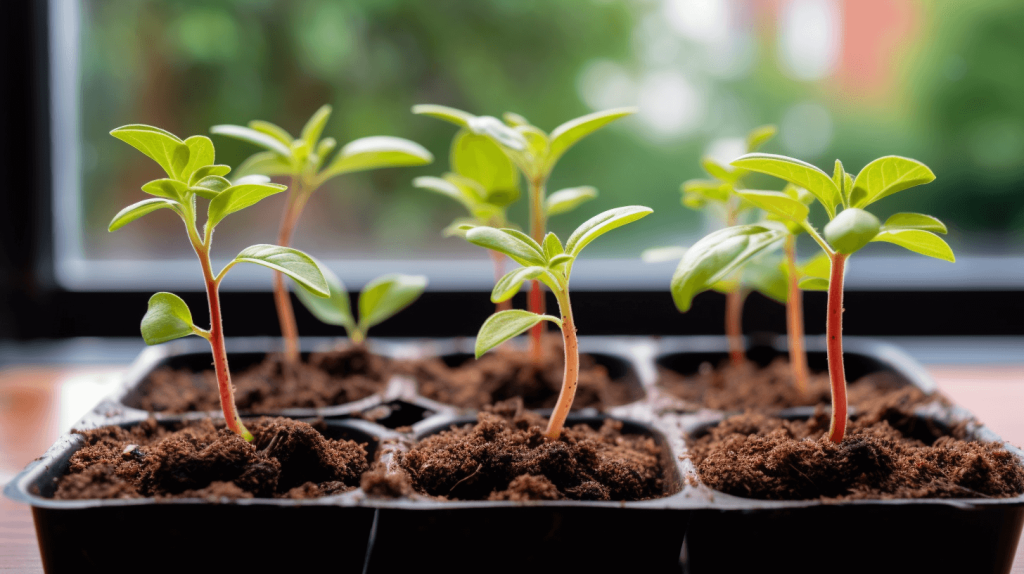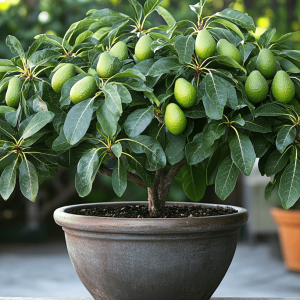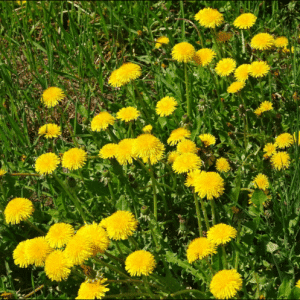
Introduction:
Embarking on the journey of growing apple saplings from kitchen scraps is not only cost-effective but also a fascinating and rewarding endeavor. This detailed guide outlines the step-by-step process to transform apple seeds into thriving saplings within the span of 10 days, bringing the joy of homegrown apples closer to your doorstep.
Step 1: Selecting Apple Seeds
- Seed Collection:
- Gather seeds from fresh apples of your preferred variety. Organic apples are ideal to avoid exposure to chemicals.
- Seed Extraction:
- Extract seeds from the apple core, ensuring they are clean and free of any attached fruit flesh.
Step 2: Seed Pre-Treatment
- Cold Stratification:
- Mimic winter conditions by placing the apple seeds in a damp paper towel inside a sealed plastic bag. Refrigerate for 4-6 weeks to break seed dormancy.
Step 3: Germination Process
- Seed Planting:
- After cold stratification, plant the pre-treated apple seeds in a small pot filled with well-draining soil. Plant seeds about 1 inch deep.
- Watering:
- Keep the soil consistently moist but not waterlogged. Use a spray bottle to avoid displacing the seeds.
Step 4: Creating a Mini Greenhouse
- Covering with Plastic Wrap:
- Place plastic wrap over the pot to create a mini greenhouse effect. This helps retain moisture and create a conducive environment for germination.
- Placement:
- Position the pot in a warm and bright location but away from direct sunlight.
Step 5: Germination Period
- Monitoring Germination:
- Keep an eye on the pot for signs of germination. Apple seeds typically sprout within 10-14 days.
- Removing Plastic Wrap:
- Once sprouts emerge, remove the plastic wrap to promote air circulation.
Step 6: Sapling Care and Transplanting
- Selecting Strong Seedlings:
- Choose the strongest and healthiest seedlings for transplantation. Thin out weaker ones if multiple seedlings emerge.
- Transplanting:
- Transfer the selected seedlings to larger pots or directly into the ground. Use nutrient-rich soil for optimal growth.
Step 7: Providing Adequate Light
- Sunlight Exposure:
- Place the saplings in a location with ample sunlight. Apple trees prefer full sun exposure for at least 6-8 hours a day.
Step 8: Regular Watering Routine
- Consistent Moisture:
- Maintain consistent moisture by watering the saplings regularly. Ensure the soil is evenly moist but not waterlogged.
Step 9: Fertilizing Saplings
- Balanced Fertilizer:
- Introduce a balanced, water-soluble fertilizer during the growing season. Follow package instructions for application.
Step 10: Patience and Expectations
- Time to Fruit:
- Understand that growing apple trees from seeds requires patience. Apple trees typically take several years to produce fruit.
- Nurturing Growth:
- Continue caring for the saplings as they grow, providing necessary nutrients, pruning when necessary, and protecting them from pests.
Conclusion: Enjoying the Fruits of Your Labor
Growing apple saplings from kitchen scraps is a cost-free and enjoyable journey that brings the delight of homegrown apples within reach. By following these steps and providing consistent care, you can nurture your apple saplings into robust trees, eventually yielding the sweet reward of your very own homegrown apples.






